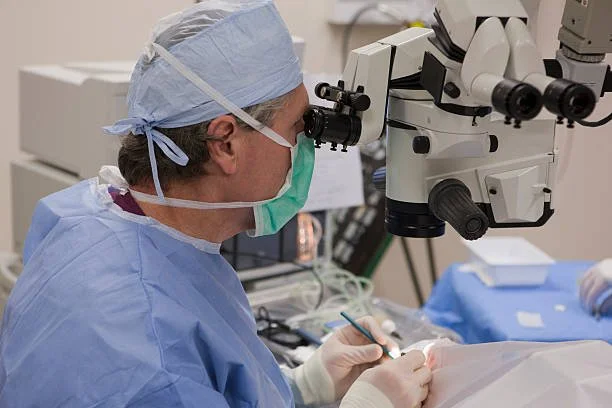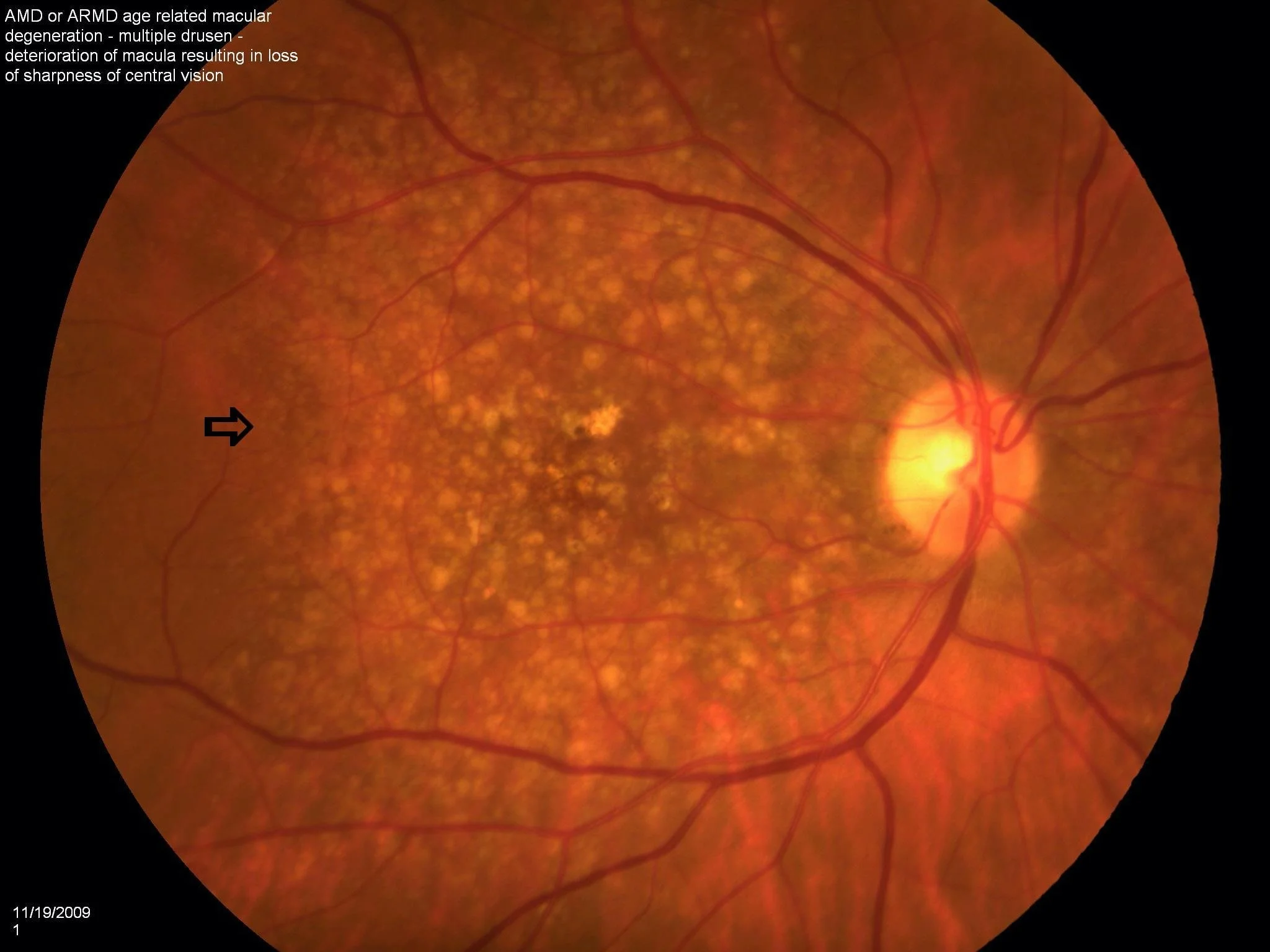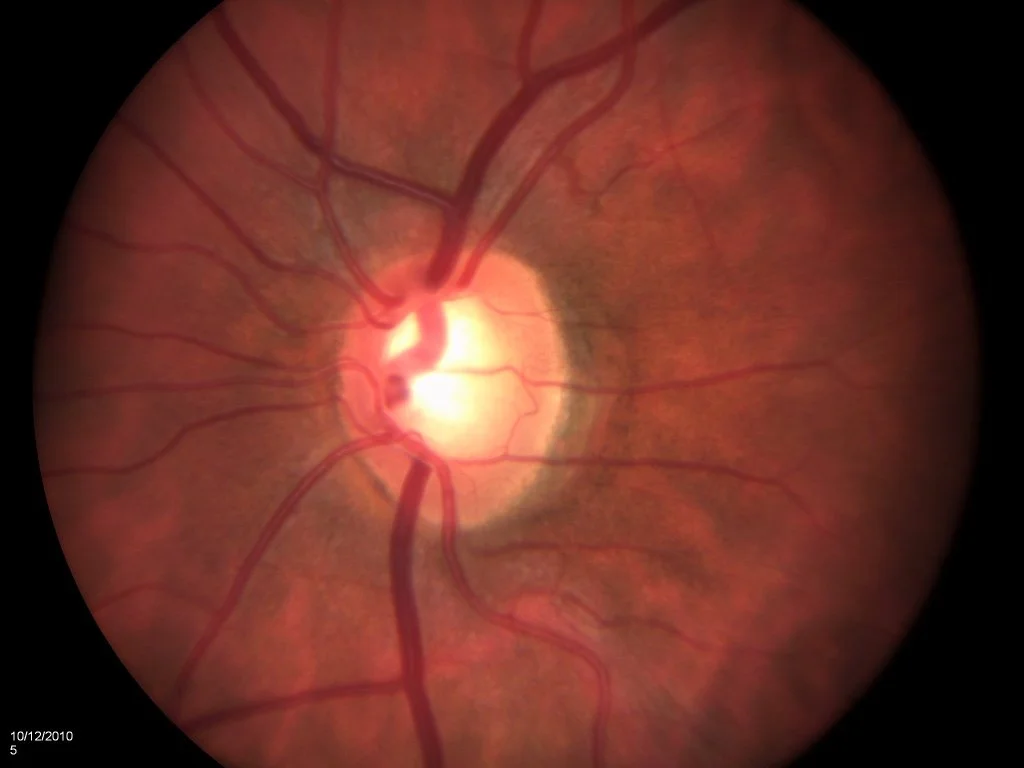Diabetic Eyecare
Diabetic retinopathy is a potentially vision threatening condition in which the blood vessels inside the retina become damaged from the high blood sugar levels associated with diabetes. In some people with diabetic retinopathy, blood vessels may swell and leak fluid. In other people, abnormal new blood vessels grow on the surface of the retina. The longer you have diabetes, the greater your chance of developing diabetic retinopathy. The risk increases if blood sugar levels and blood pressure are poorly controlled.
Once diagnosed with diabetes, schedule a comprehensive dilated eye evaluation at least once a year. Your eye doctor will recommend more frequent examinations if abnormalities are detected. Diabetic eye disease is most successfully treated if it is diagnosed early, before vision is significantly affected. Because there are often no symptoms in the early stages of diabetic retinopathy, your vision may not be affected until the disease becomes severe.
You should also see your ophthalmologist promptly if you experience:
Blurred vision that is not associated with a change in blood sugar
Floaters
An effective partnership between you, your primary care physician, and your eye doctor is essential to assure proper eye care and treatment.
There are a variety of treatments available for diabetic retinopathy including lasers and injections of medications. Your eye doctor will discuss with you if any of these treatments are necessary and if so which would be most beneficial.
Studies show that intensive control of diabetes with self-monitoring of blood sugar levels can significantly slow the development of diabetic retinopathy and other complications from diabetes. As always, early diagnosis of diabetes and the effective control of blood sugar levels and hypertension through diet, exercise, and medication can help control eye diseases associated with diabetes.




